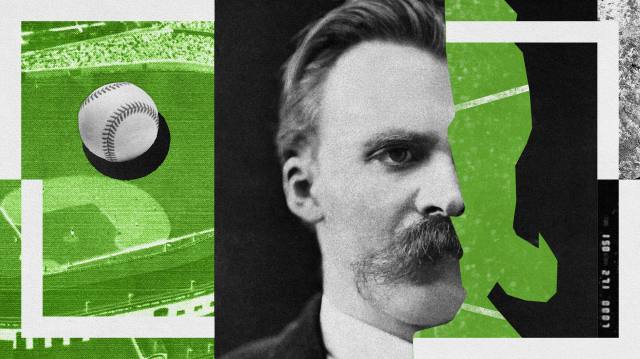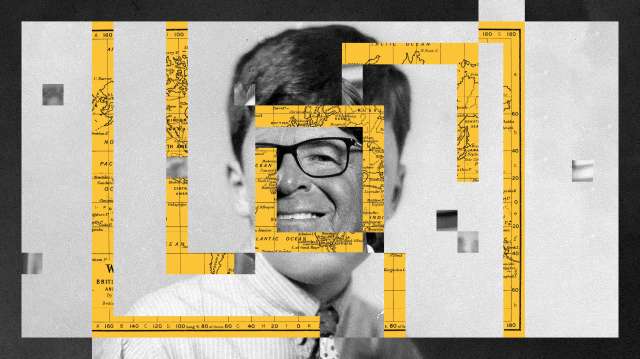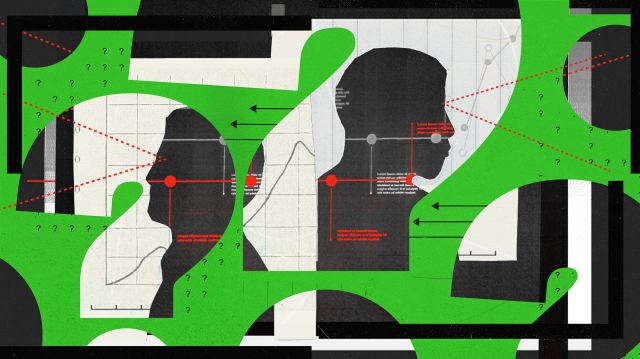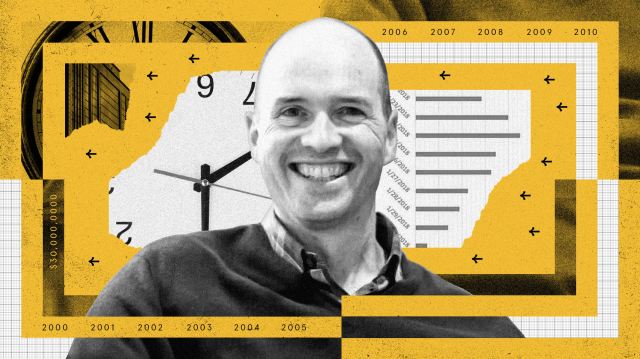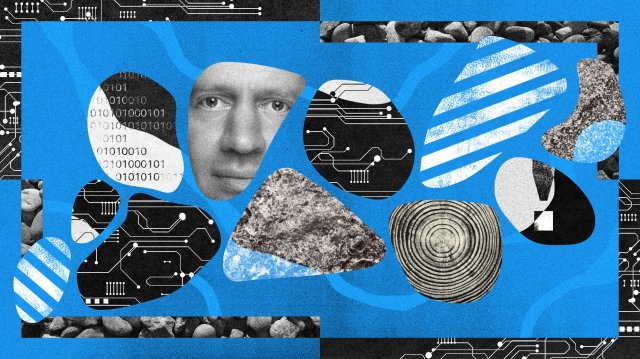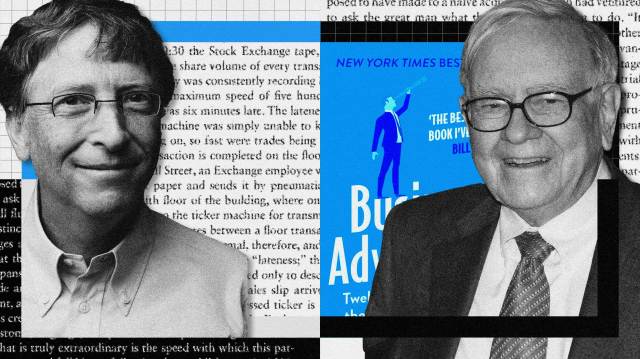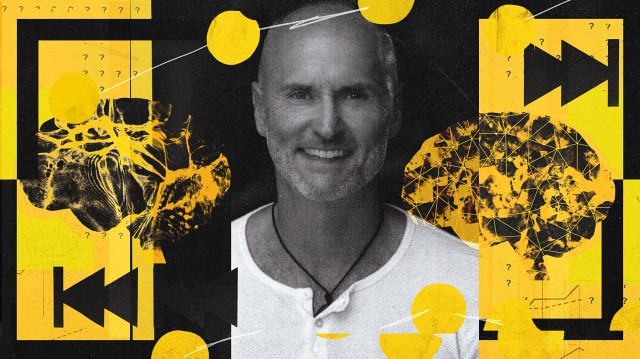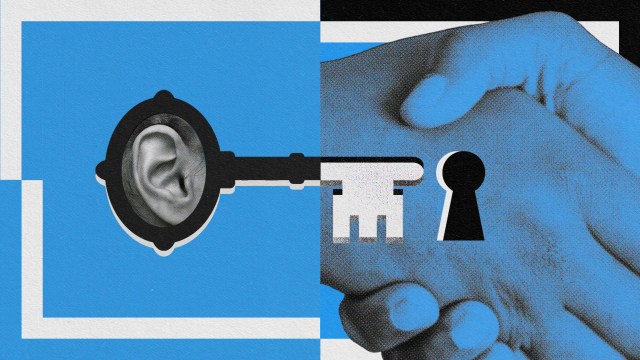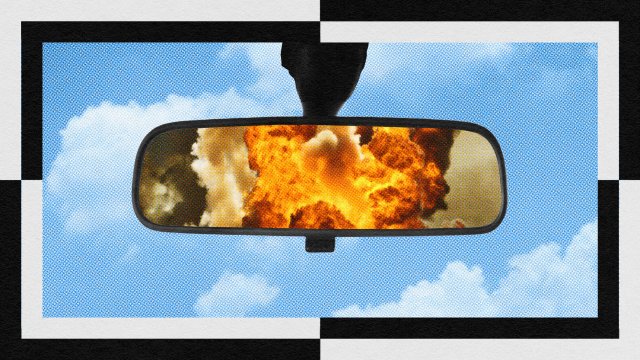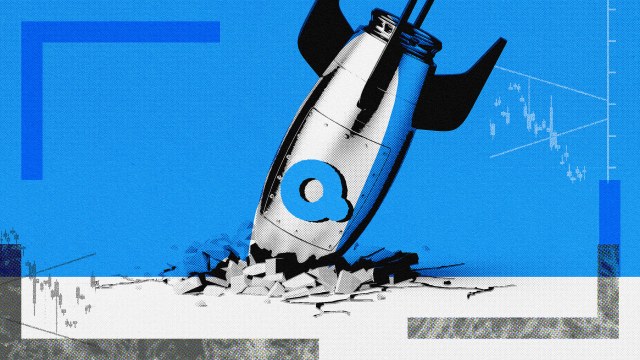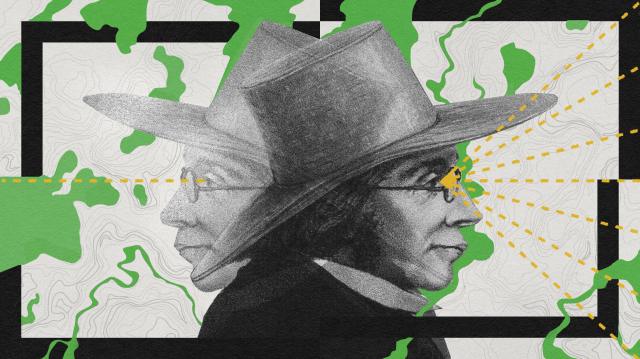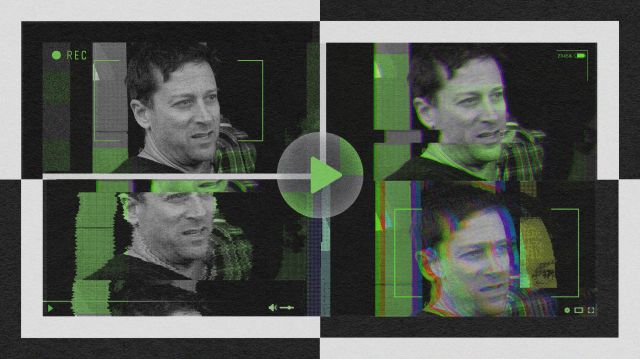Trick of the brain on hindsight: Founders who think they’re heroes

- Successful startup founders tend to leverage a compelling version of the “hero’s journey” in classical storytelling.
- Each one of your team members has to know why your start-up is going to help them succeed in their own hero’s journey.
- Be wary of the way successful start-ups are described in hindsight — because the best entrepreneurs never mistake themselves for the hero in their story.
In classical stories of the hero’s journey, a mentor shows up and calls the hero to adventure, based initially on their mutual dissatisfaction with the world that is. The mentor offers a tool and some power or magic for using it in order to persuade the hero that the journey is possible. The hero resists. Then something bad happens to the hero. That initial setback changes the hero’s mind. The hero accepts the call, uses the tool the mentor offers, taps into the magic of deeper wisdom the mentor shares, and finds new co-conspirators throughout the journey. They face trials and tribulations, defeat the bad guys and their own inner demons, and emerge victorious and different. The journey transforms them from their previous station in life to something better and more fulfilling.
In the movie Star Wars, the dusty and boring planet Tatooine is the world that is. Obi-Wan Kenobi is the mentor. Luke Skywalker is the hero. The lightsaber is the tool, and the Force is the power or magic to use it. Luke resists Obi-Wan’s initial call to adventure to save the princess, but then his aunt and uncle are killed, and their farm is burned down by the empire. Now he’s all in. Guided by Obi-Wan, Luke rescues the princess, uses the Force, blows up the Death Star, brings peace (for the moment) to the galaxy, and along the way is transformed from a mere farm boy to a Jedi warrior.
When you leverage the hero’s narrative to recruit people to your movement, you need to show them the massive gap between the reigning status quo they currently must accept and what could be if they pursue the higher purpose you present. You need them to see you as a mentor offering them a new type of power or magic to use a tool that will help them succeed. And you need to tell them about the transformation they’ll undergo; you need to persuade them that undertaking the journey will change them for the better — that there are important stakes involved. That’s essential to a compelling story.
The people you want to persuade are on different journeys. You can’t tell the very same story to each of them and expect them to appreciate the insight. The reasons a prospective employee needs to join your company are different from the reasons a prospective customer needs to buy your product. A reporter who’s writing an article wants to hear a different story than a VC who’s deciding to invest. However you tell the story, all the variations center on the same insight: your co-conspirators want to join you on a journey that leads to an adventure that will transform their lives. Don’t deliver a presentation that’s about you and your product and expect anyone to follow when you say, “Let’s go!” They have to know why your start-up is going to help them succeed in their own hero’s journey — one that’s about them.

It can be tempting for founders to think of themselves as the hero. They are attracted to the hero role because our culture loves creating heroes (and tearing them down). It’s a tendency reflected in the way news articles are written, and the way successful start-ups get described in hindsight. But the best entrepreneurs don’t mistake themselves for the hero in their story. They realize that to move people, the story can’t be about the entrepreneur. It has to be instead about the early customers, employees, and investors they’re trying to inspire, and the higher purpose they’re trying to get those people to embrace.
Consider the example of Lyft. When [founders] Logan [Green] and John [Zimmer] presented their vision to others, they didn’t position themselves as heroes. Logan and John were mentors, and they knew they needed to connect with the world that their heroes inhabited if they were going to inspire them to accept a call to adventure.
Their story had three types of heroes: riders, drivers, and investors. For riders, the world they inhabited was trying to get around San Francisco. It was a horrible experience: taxis were unreliable, and parking was nearly impossible to find. Logan and John told the riders, “You can easily request a driver with your smartphone. You’ll have the power to see exactly where the driver is, and how long it will take for them to arrive.”
The story can’t be about the entrepreneur. It has to be instead about the early customers, employees, and investors they’re trying to inspire, and the higher purpose they’re trying to get those people to embrace.
When Logan and John talked to drivers, they told a different version of the story — one that emphasized the opportunity to make extra money working flexible hours. When they talked to investors, they told yet another version — one that emphasized the massive potential upside of the business, based on network effects.
Whatever version of the story Logan and John told, however, the story wasn’t about them. They positioned their target audiences as the heroes, not themselves. If your story is going to move people, it can’t be about you. It must be about the early customers, employees, and investors you’re trying to inspire, and the higher purpose you want them to embrace.
Just as heroes often resist the call to adventure at first, so do your co-conspirators. In Lyft’s case, John and Logan were concerned that people would be nervous about getting into a stranger’s car. That’s the genius of the mustache they attached to the fronts of the cars of the first drivers. People in San Francisco, whether in sidewalk cafes or on the streets, saw cars driving by sporting big, furry, pink mustaches. It caused people to talk about the cars and tell others about the new service, and it led them to give the service the benefit of the doubt.
It’s good to anticipate why your early co-conspirators might resist your call to adventure and give them the reassurance they need to accept that call.

